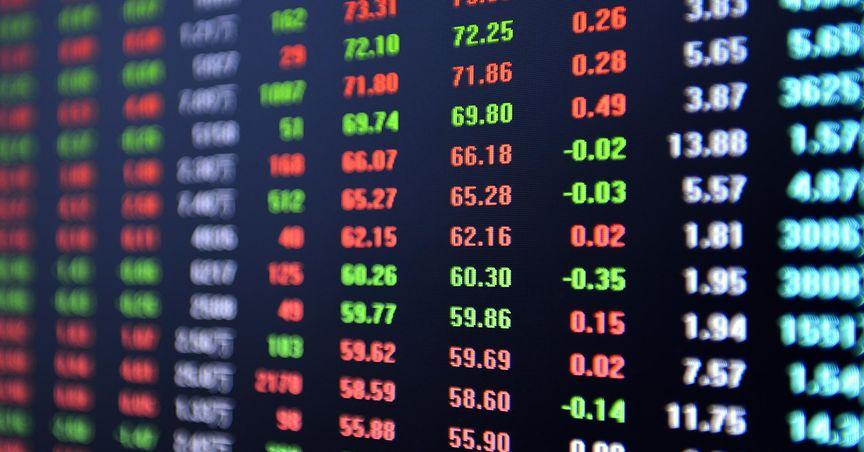The Australian Securities Exchange (ASX) approached a record high on Friday, buoyed by strong performances in the energy and mining sectors, driven largely by rising commodity prices. By midday, the benchmark S&P/ASX 200 index had risen 0.3%, or 23 points, to 8098.70. It briefly touched 8135 points earlier in the session, nearing its all-time high of 8148.7, which was set last month.
Commodity-Driven Rally in the Mining Sector
One of the primary drivers behind the ASX’s rally has been the strong performance of commodity prices, particularly gold and oil. Gold prices surged to a new all-time high of $US2,567.93 per ounce on Friday. This rally was fueled by expectations of US Federal Reserve rate cuts, making gold an attractive investment option. Gold producers on the ASX saw significant gains in response to the rising price. West African Resources (ASX:WAF) surged nearly 9%, while Evolution Mining (ASX:EVN) rose 7.6%, and Perseus Mining (ASX:PRU) climbed 6.8%.
Mining giants also contributed to the index’s upward momentum. BHP Group (ASX:BHP) and Rio Tinto (ASX:RIO), two of the largest companies on the ASX, both saw their shares rise by 2.2%. Meanwhile, Fortescue Metals Group (ASX:FMG) surged 4.8%, boosted by strong demand for iron ore and other raw materials.
Energy Sector Gains on Oil Price Rise
The energy sector also played a key role in the ASX's ascent. Oil prices rose amid concerns of supply disruptions caused by Hurricane Francine in the Gulf of Mexico. Brent crude prices climbed to $US72.41 per barrel. This led to gains among energy producers, with up 1.4% and Woodside Energy (ASX:WDS) gaining 1.7%. Notably, Woodside’s US production facility remained shut due to the hurricane, but investors seemed optimistic about the company’s future prospects as oil prices rallied.
Banking Sector Faces Pressure
In contrast to the strong performance of the mining and energy sectors, the financial sector weighed on the ASX's gains. Australia’s major banks, which make up a significant portion of the index, experienced losses by midday. National Australia Bank (ASX:NAB) fell 0.9%, while ANZ Group (ASX:ANZ) shed 0.7%, and Commonwealth Bank of Australia (ASX:CBA) dropped 0.8%.
The weakness in the banking sector followed a strong session on Thursday, where the index rose 1.1%, marking its best performance since mid-August. Despite this, the major banks have been grappling with challenges including regulatory scrutiny and softer economic data, which may be contributing to the subdued performance.
Broader Market Outlook
Six of the 11 sectors in the ASX were in positive territory at midday, indicating a relatively broad-based rally, led by commodities. The surge in gold and oil prices, driven by geopolitical and economic factors, continues to bolster investor confidence in the resources sector. On the other hand, the banking sector's weakness highlights ongoing concerns in the financial space.
As the market looks forward, the focus will likely remain on commodity price movements and the potential for a shift in global monetary policy. Rising commodity prices have been a strong tailwind for the Australian market, and any further developments in global interest rates, particularly from the US Federal Reserve, could influence future price action on the ASX.


